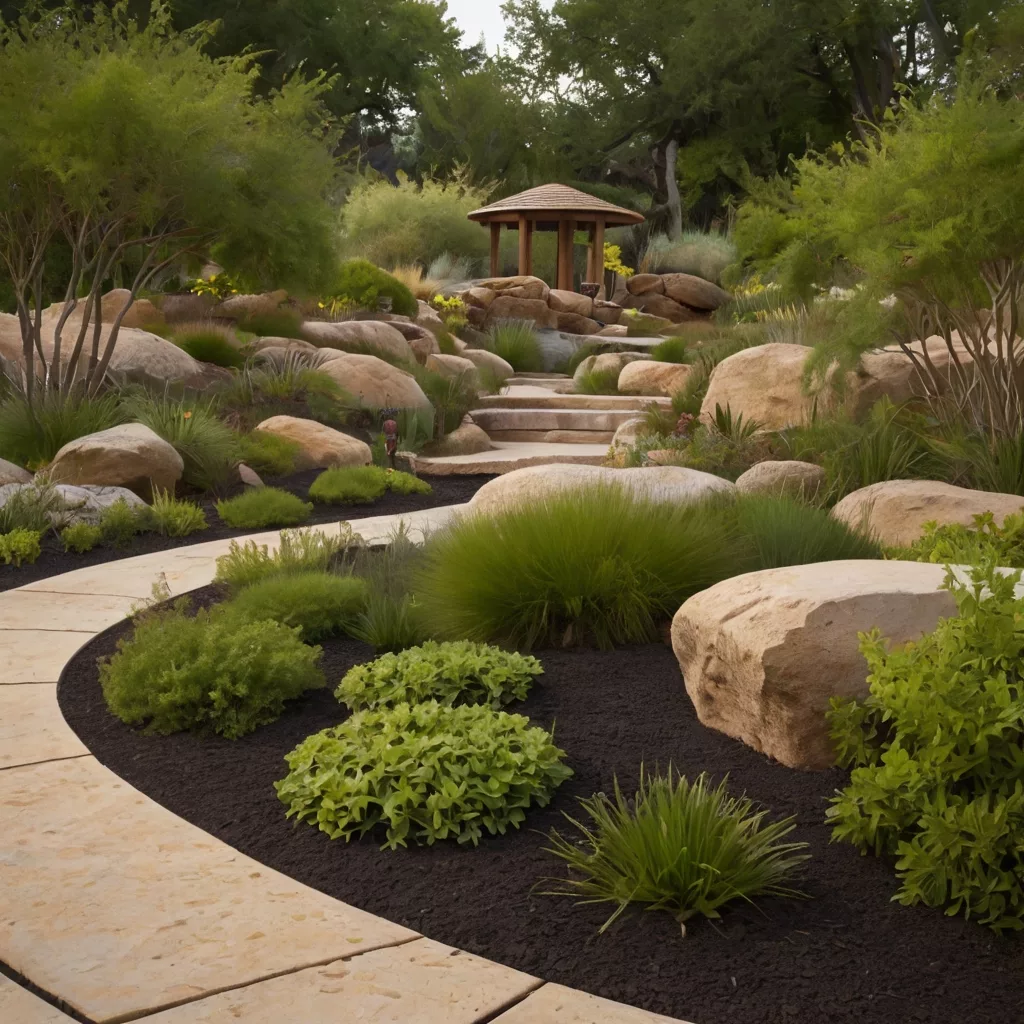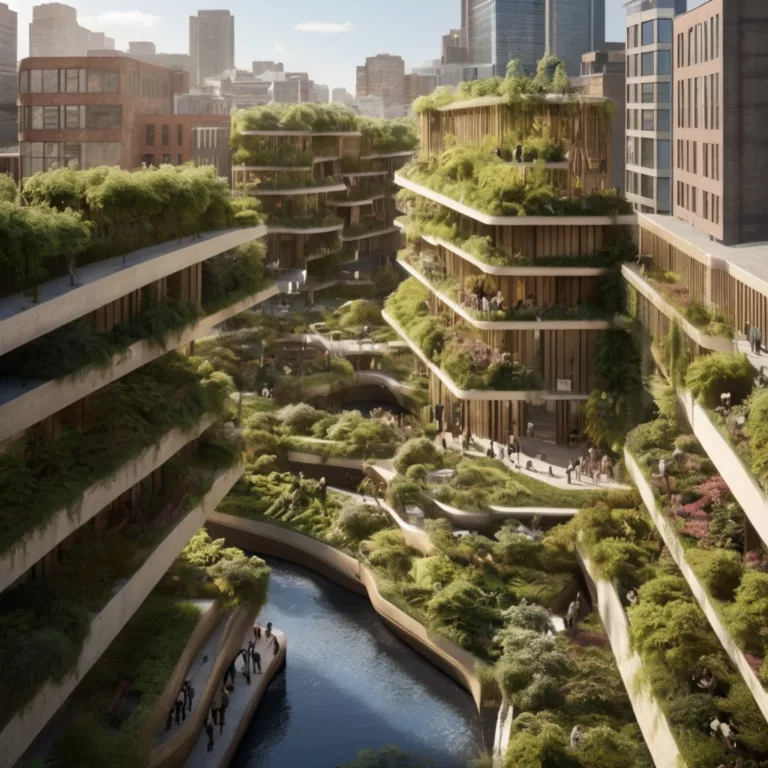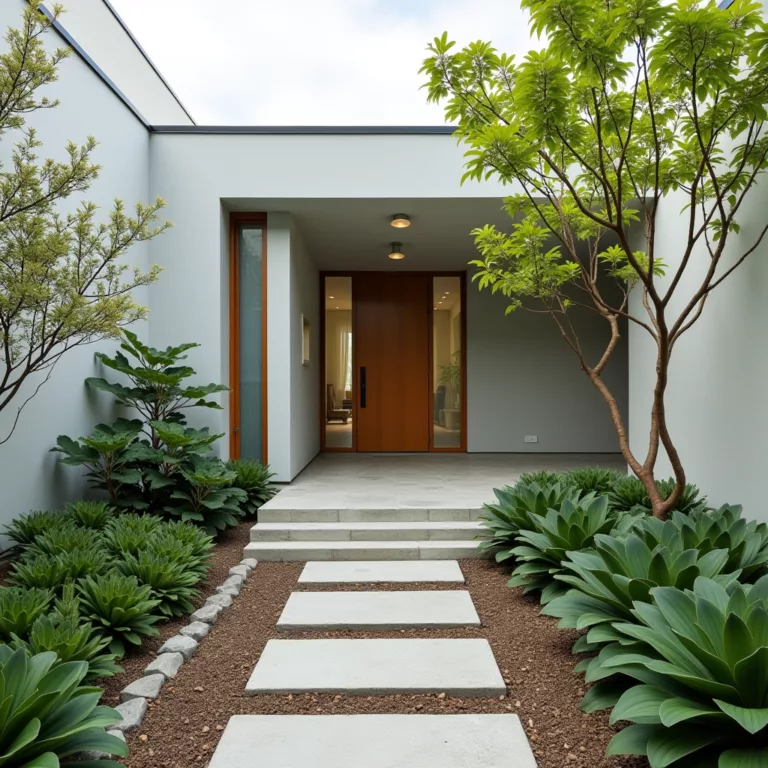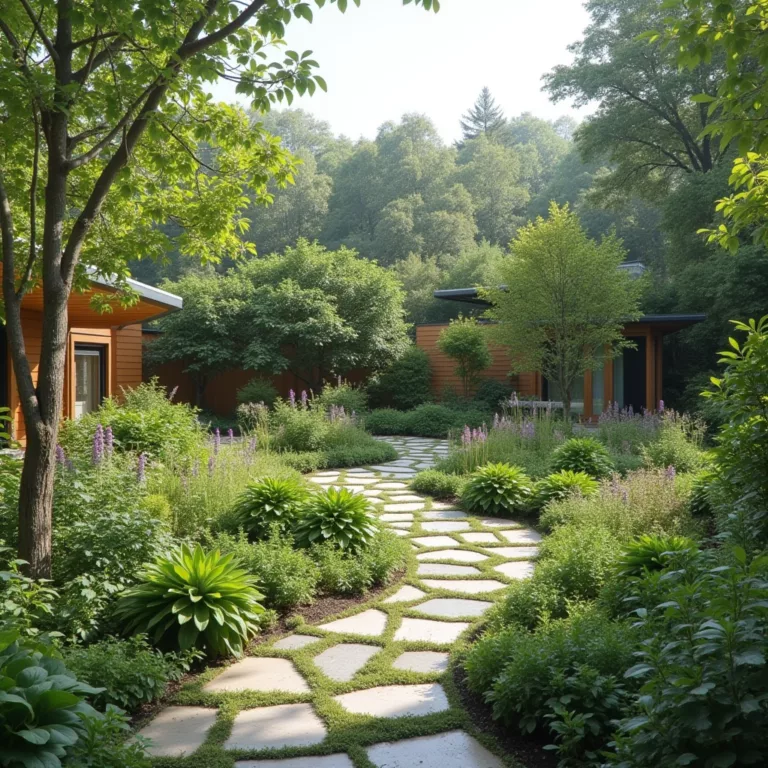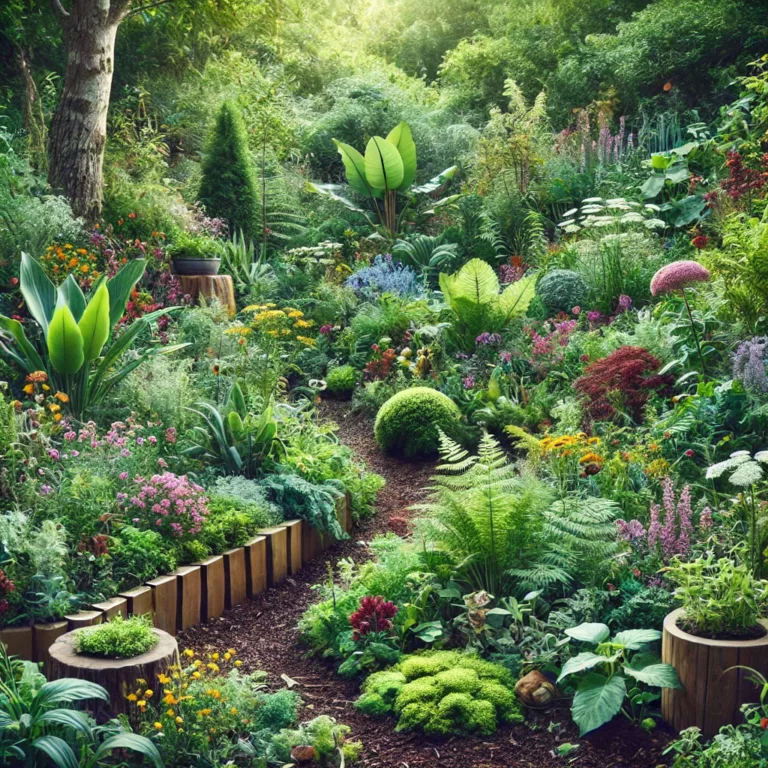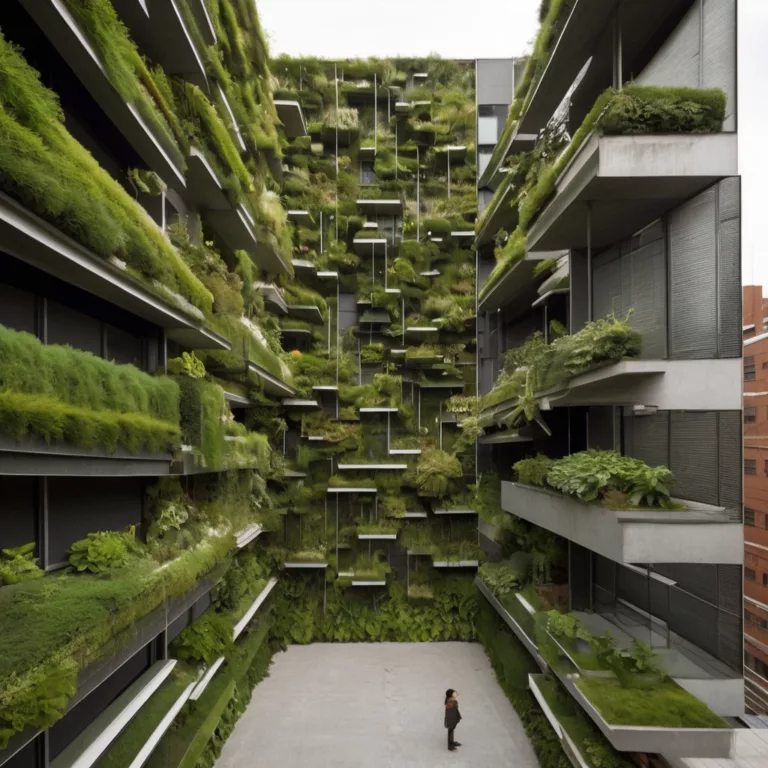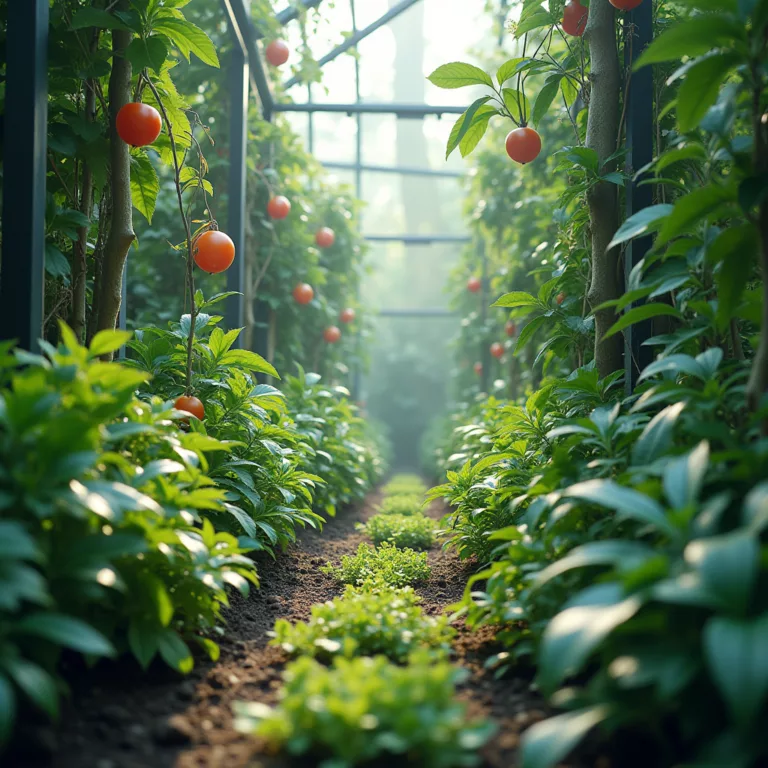Therapeutic Landscapes: Designing Healing Gardens as Sanctuaries for the Mind, Body, and Soul
The Resurgence of Nature as Medicine
In an era dominated by screens, stress, and sensory overload, healing gardens are emerging as antidotes to modern malaise. These intentionally designed spaces rooted in ancient traditions and validated by modern science harness the restorative power of nature to promote mental clarity, physical recovery, and emotional resilience. From hospital courtyards to urban pocket parks, therapeutic landscapes are redefining healthcare, urban planning, and community well-being. This 3,000+ word exploration delves into the art and science of creating spaces where nature becomes a co-therapist, offering a blueprint for designing sanctuaries that heal.
Part 1: The Science of Healing Gardens – Why Nature Works
1.1 Biophilia: Humanity’s Innate Bond with Nature
Biologist E.O. Wilson’s biophilia hypothesis posits that humans possess an evolutionary affinity for nature. Studies show that even brief exposure to green spaces lowers cortisol levels by 15%, reduces heart rate, and boosts serotonin production. Healing gardens operationalize this instinct, offering curated interactions with plants, water, and wildlife to trigger physiological and psychological benefits.
1.2 Evidence-Based Outcomes
- Mental Health: A 2023 meta-analysis in JAMA Network Open found that healing gardens reduced symptoms of depression by 26% and anxiety by 31% in clinical settings.
- Physical Recovery: Post-surgery patients with garden views required 22% less pain medication and were discharged 1.5 days earlier (Ulrich, 1984).
- Cognitive Restoration: Attention fatigue, common in ADHD and burnout, improves by 20% after 20 minutes in a green setting (Kaplan & Kaplan, 1989).
1.3 The Role of Sensory Engagement
Healing gardens stimulate the five senses to evoke mindfulness and presence:
- Sight: Dynamic foliage colors and textures (e.g., Japanese maple’s crimson leaves).
- Sound: Water features (trickling streams) mask urban noise, reducing stress by 65% (Payne, 2020).
- Touch: Tactile plants (lamb’s ear, moss) invite interaction, grounding users in the moment.
- Smell: Aromatic herbs (lavender, rosemary) lower blood pressure and enhance mood.
- Taste: Edible gardens (berries, mint) foster engagement and nourishment.
Part 2: Core Design Principles for Therapeutic Landscapes
2.1 Universal Accessibility
- Inclusive Pathways: ADA-compliant, non-slip walkways (≥5ft wide) with gentle slopes (1:20 gradient).
- Raised Planters: Adjustable-height beds for wheelchair users and children.
- Multisensory Wayfinding: Textured paving, aromatic cues, and Braille signage.
2.2 Zoning for Privacy and Social Connection
- Solitude Nooks: Secluded benches under pergolas or weeping willows for introspection.
- Communal Spaces: Circular seating around fire pits or water features to foster group therapy.
- Transition Zones: Gradual entryways (e.g., arbor tunnels) to signal passage from chaos to calm.
2.3 Biophilic Design Elements
- Prospect-Refuge Theory: Open vistas with sheltered edges (e.g., meadow + tree canopy) to balance safety and exploration.
- Mimicry of Natural Patterns: Fractal designs in paving stones, meandering paths that mirror river curves.
- Dynamic Complexity: Layered plantings (canopy trees, shrubs, groundcover) to engage without overwhelming.
2.4 Safety and Comfort
- Non-Toxic Flora: Avoid allergenic plants (e.g., ragweed) and toxic species (oleander).
- Shade Solutions: Pergolas with climbing vines or UV-blocking sails to prevent heat stress.
- Nighttime Ambiance: Subtle, warm LED lighting to extend use without disrupting circadian rhythms.
2.5 Seasonal Resilience
- Four-Season Interest: Winterberry holly, ornamental grasses, and evergreen structure.
- Microclimate Management: Windbreaks (bamboo screens), rain gardens for stormwater, and heat-reflecting materials.
2.6 Cultural and Contextual Sensitivity
- Local Materials: Use regional stone, wood, and native plants to reflect heritage.
- Symbolism: Incorporate culturally meaningful elements (e.g., lotus ponds in Asian gardens, labyrinthine paths for meditation).
Part 3: Case Studies – Healing Gardens in Action
3.1 Hospitals: The Rusk Rehabilitation Garden, NYC
- Design: A rooftop oasis with wheelchair-accessible raised beds, a walking loop with uneven terrain for gait training, and a sound sculpture that converts wind into harmonic tones.
- Impact: Stroke patients using the garden showed 40% greater motor recovery and 35% higher adherence to therapy (NYU Langone, 2021).
3.2 Rehabilitation Centers: The Alnarp Garden, Sweden
- Design: A 12-acre “garden room” concept with zones for solitude (birch groves), socializing (herb gardens), and physical rehab (stepping stones over ponds).
- Impact: Burnout patients exhibited a 50% reduction in sick leave after 12 weeks of horticultural therapy (Grahn et al., 2017).
3.3 Community Spaces: The TKF Foundation’s Sacred Places
- Design: Pocket parks in Baltimore and Detroit featuring “story benches” where visitors record oral histories, paired with native pollinator gardens.
- Impact: Crime rates dropped by 20% in neighborhoods with these gardens, while community trust scores rose by 34% (TKF, 2022).
3.4 Hospice Care: The Serenity Garden, San Diego
- Design: A contemplative space with a reflecting pool, memory walls for legacy notes, and fragrant night-blooming jasmine for evening visits.
- Impact: Families reported 45% lower grief intensity and 60% greater sense of closure (UCSD Health, 2020).
Part 4: Designing for Specific Populations
4.1 Pediatric Patients
- Playful Elements: Sensory tunnels, musical chimes, and butterfly gardens.
- Distraction Therapy: Interactive water play to reduce pre-op anxiety.
- Case Example: Boston Children’s Hospital’s rooftop garden reduced pediatric pain scores by 22% (Harvard Health, 2019).
4.2 Veterans with PTSD
- Combat-to-Calm Transition: Use of native grasses (similar to battlefield terrain) paired with calming water features for exposure therapy.
- Horticultural Therapy Programs: Growing vegetables as a metaphor for regaining control.
4.3 Dementia Patients
- Memory Gardens: Familiar plants from patients’ youth (roses, peonies) to trigger reminiscence.
- Safe Wandering Paths: Circular, non-linear layouts to prevent frustration.
4.4 Urban Communities
- Food Forests: Combating food deserts with edible landscapes (fig trees, kale patches).
- Trauma-Informed Design: Avoid overly manicured spaces that may evoke systemic neglect; prioritize wild, resilient flora.
Part 5: Challenges and Innovations
5.1 Overcoming Barriers
- Budget Constraints: Partner with nonprofits (e.g., American Society of Landscape Architects grants) and use volunteer “community build” models.
- Maintenance: Train patients or locals as garden stewards (e.g., Veterans Healing Farms’ vocational programs).
- Climate Adaptation: Xeriscaping with drought-tolerant succulents and AI-powered irrigation (e.g., Rachio Smart Sprinkler).
5.2 Technological Integration
- Virtual Reality (VR) Gardens: Bedridden patients use VR headsets to “walk” through digital forests, shown to lower pain perception by 18% (Stanford Medicine, 2023).
- Biofeedback Installations: Sensors in meditation pods adjust light/water flow based on users’ heart rate variability.
- Augmented Reality (AR): Overlay plant info or calming visuals via apps like HortusAR.
5.3 Policy and Advocacy
- Prescription Gardens: Partnering with healthcare providers to prescribe garden visits (e.g., Scotland’s “Nature Prescriptions” program).
- Zoning Laws: Lobby for urban mandates requiring healing gardens in all new hospitals and schools.
Part 6: The Future of Therapeutic Landscapes
6.1 Bioclimatic Architecture
- Living Walls Indoors: Hospitals like Singapore’s Khoo Teck Puat integrate vertical gardens into ICU waiting areas.
- Healing Forests: Japan’s shinrin-yoku (forest bathing) trails with guided therapy sessions.
6.2 AI-Driven Personalization
- Adaptive Gardens: Machine learning adjusts garden elements (light, scent) based on real-time user biometrics.
- Robot Companions: MIT’s Plant Rover interacts with dementia patients, guiding them to engage with plants.
6.3 Global Movements
- Refugee Camp Gardens: UN initiatives in Jordan and Kenya use therapeutic gardens to address trauma in displaced populations.
- Corporate Wellness: Google’s Biophilic Campuses report 30% higher employee retention and 20% fewer sick days.
Conclusion: Cultivating Hope in Concrete Jungles
Healing gardens are not luxuries they are urgent interventions in a world grappling with loneliness, chronic illness, and ecological disconnect. By marrying evidence-based design with empathetic artistry, these spaces offer a radical proposition: that beauty can be medicinal, and nature, the ultimate therapist. As climate change and urbanization escalate, the imperative to weave therapeutic landscapes into every facet of society hospitals, schools, prisons, streets has never been clearer.
Call to Action:
- For Designers: Champion the WHO’s Health in All Policies framework.
- For Communities: Transform vacant lots into “guerrilla healing gardens.”
- For Individuals: Advocate for green prescriptions and volunteer in local garden projects.
Art11deco’s Vision: Explore our portfolio of therapeutic garden installations and join our global coalition to design 100 healing spaces by 2030. Together, let’s seed a future where every city breathes, heals, and flourishes. 🌿✨
Art11deco

